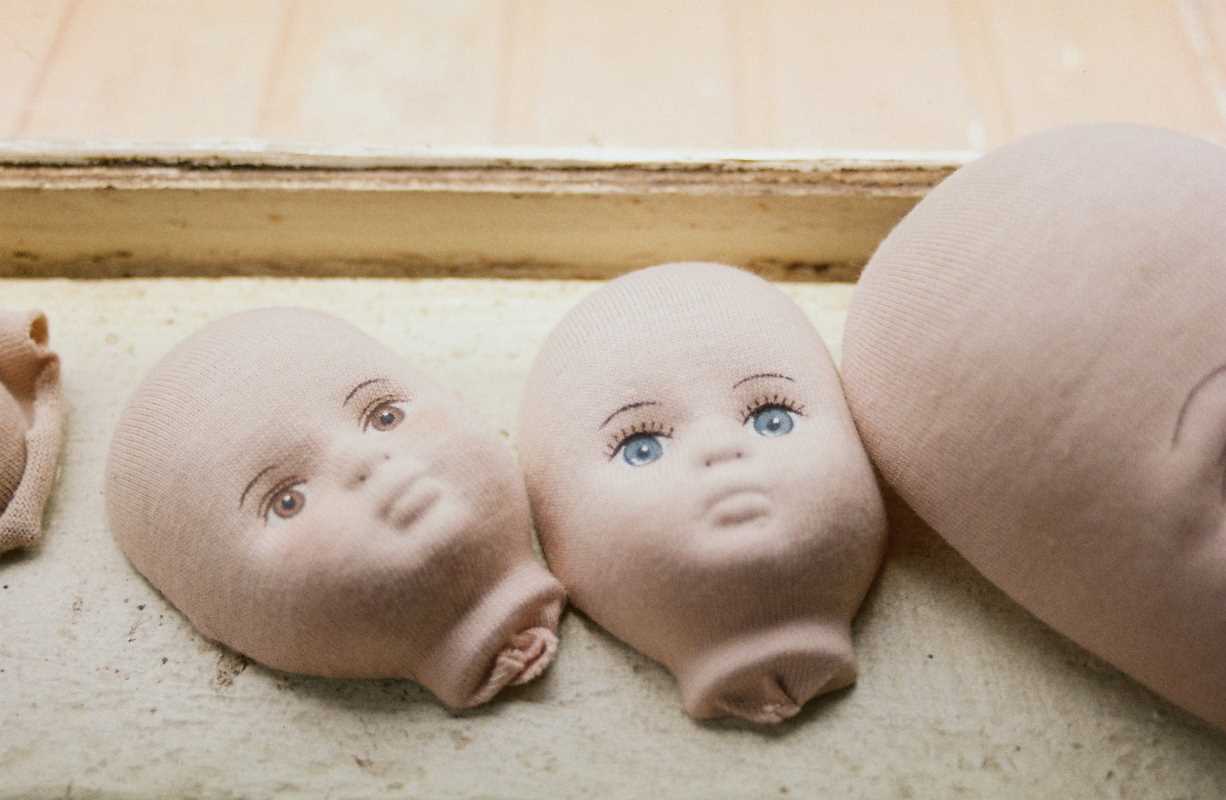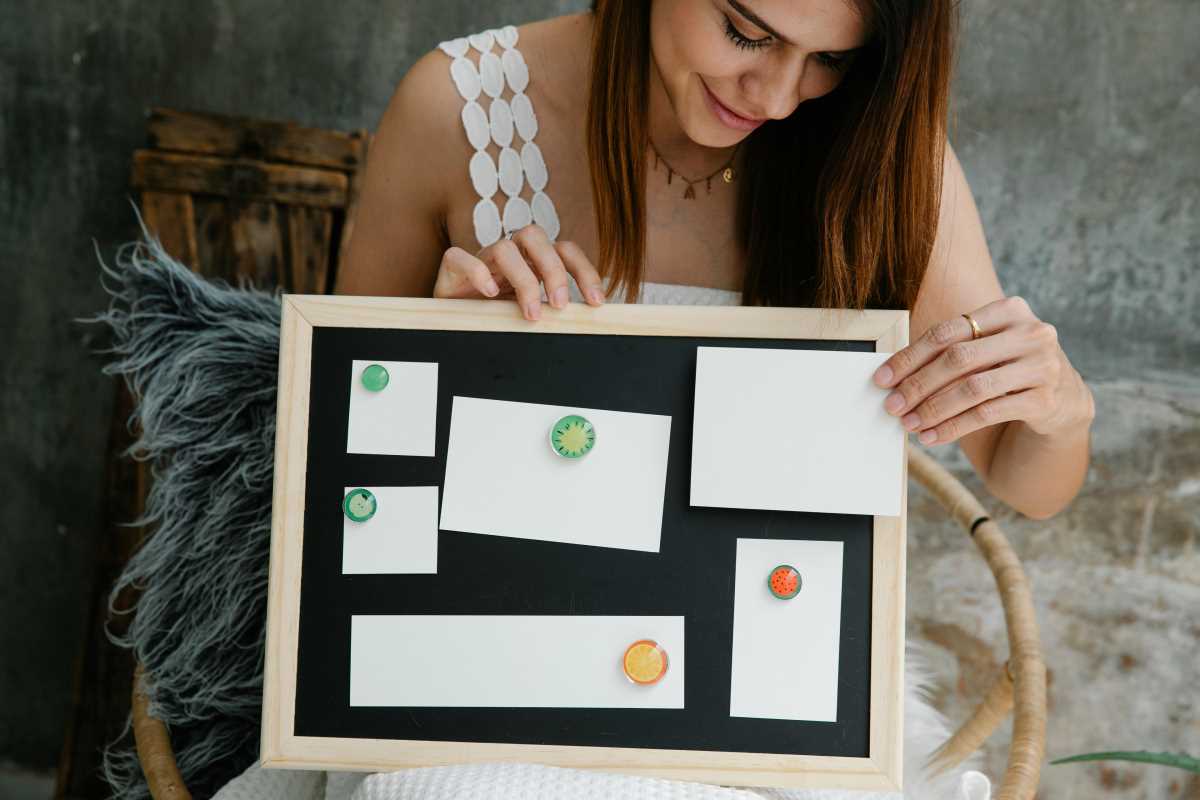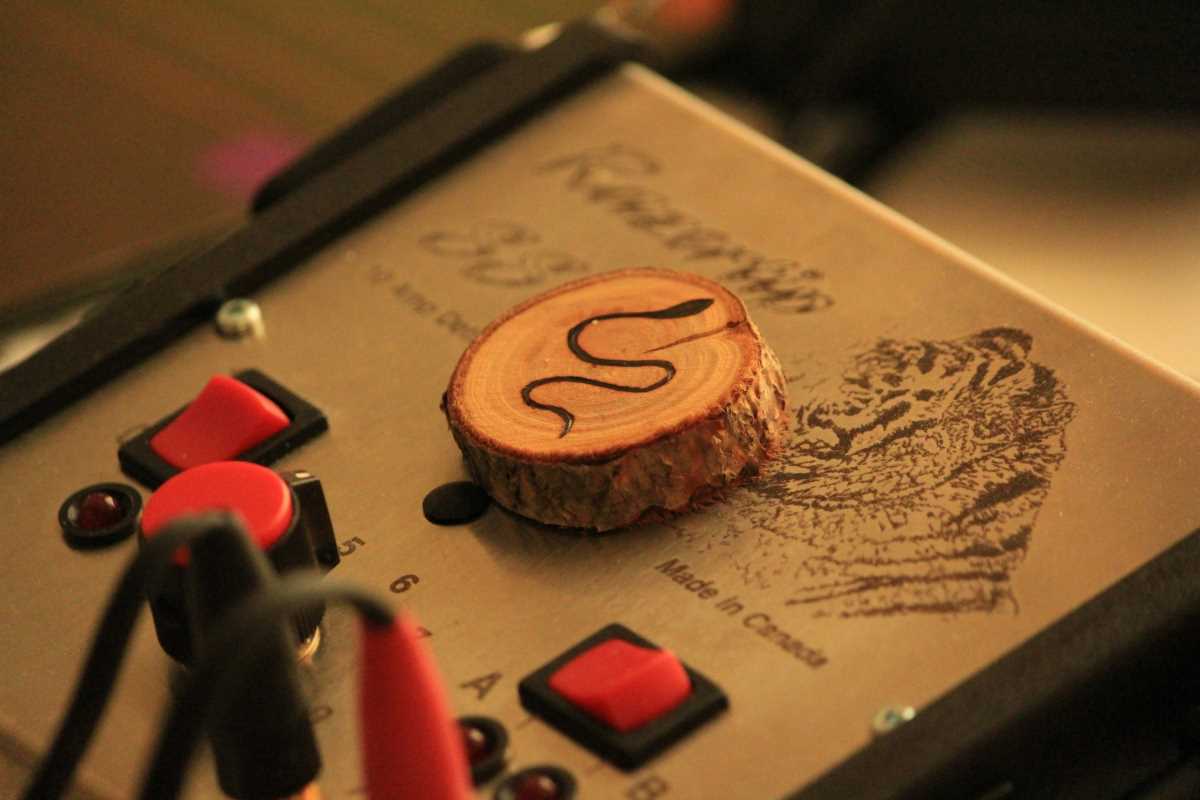Creating stained glass art brings a wonderful sense of discovery and accomplishment. With a few basic supplies, you can shape plain glass into vibrant pieces that fill any space with beautiful color and light. Each project offers a fresh opportunity to experiment with patterns, textures, and shades, allowing your imagination to shine. As you collect your tools and materials, excitement builds for the unique works you will produce. Whether you plan to make a sun catcher for a window or a decorative panel, starting with the right equipment gives you the foundation to enjoy every step of this artistic process.
This guide walks you through the basic materials, tools, and techniques you need for your first projects. You’ll learn which glass types suit your design, how to cut and assemble pieces safely, and how to set up a friendly workspace. By the end, you’ll have a clear plan to create your own beautiful stained glass creations.
Essential Materials Overview
- Glass Sheets: Choose clear or colored sheets for main designs.
- Pattern Paper: Use sturdy paper to sketch your design and transfer pieces.
- Copper Foil: Wrap each glass edge so solder can adhere smoothly.
- Solder: Pick 60/40 rosin-core solder for reliable joins.
- Flux: Apply this liquid to ensure clean metal bonding.
- Patina (optional): Darken solder lines for a polished look.
- Smoothing Tools: Include a fid or quilling tool to press foil sharply.
- Glass Cleaner: Keep surfaces free of oils and flux residue.
- Sealant: Protect metal lines from corrosion over time.
Tools and Supplies You’ll Need
- Safety Glasses: Wear impact-resistant glasses to protect your eyes.
- Running Pliers: Apply pressure along score lines to break cleanly.
- Breaking Pliers: Grip small offcuts and pieces with control.
- Groning Pliers: Trim tricky edges and nibble away excess glass.
- Glass Cutter: Score every piece with a sharp wheel for precise lines.
- Soldering Iron (25–40W): Heat each joint evenly and steadily.
- Workboard: Set up a plywood or cork surface to secure patterns with pushpins.
- Pushpins: Hold pattern paper and glass in place during assembly.
- Brushes or Brass Brush: Remove leftover flux and smooth solder lines.
Choosing the Right Glass Types
Select glass that matches your design theme. Traditional cathedral glass offers rich, transparent colors. You can layer it to create depth in floral motifs or geometric shapes. For a textured, painterly effect, try opalescent glass.
Antique glass brings streaks of color and unique inclusions. This type reflects light in unpredictable ways, adding interest to simple patterns. Artists who work with stained glass often mix both transparent and opalescent sheets to balance brightness with texture.
Basic Cutting and Assembly Techniques
- Score Your Glass: Hold the cutter at a 45-degree angle. Apply even pressure and roll the wheel from edge to edge in one smooth motion.
- Snap the Pieces: Use running pliers to break along the score. Position the pliers so that the score line sits directly under the plier’s center pin.
- Trim Edges: With grozing pliers, nibble away small burrs. Work slowly to avoid cracking beyond your line.
- Wrap in Foil: Place copper foil against each glass edge. Press it down firmly with a fid to avoid wrinkles.
- Solder the Seams: Heat solder evenly, moving the iron along each joint. Add flux beforehand so solder flows smoothly.
- Clean and Patina: After solder cools, brush off flux with a brass brush. Apply patina if you want dark lines, wiping away excess with a cotton cloth.
- Seal and Polish: Use a sealant to protect metal lines. Finally, buff each piece with a soft cloth to bring out the shine.
Safety Measures and Workspace Setup
- Protective Gear: Always wear safety glasses, heat-resistant gloves, and a dust mask when grinding or cutting glass.
- Ventilation: Set up near a window or use an exhaust fan to clear fumes from flux and solder.
- Organized Space: Keep tools on a magnetic strip or pegboard. Label containers so you can grab supplies without fuss.
- Secure Pattern Board: Pin your design to a sturdy board to prevent pieces from shifting.
- Clean-Up Routine: Sweep glass shards into a dedicated container. Wipe the work surface after each session.
- First-Aid Kit: Store bandages and disinfectant nearby in case of minor cuts.
Gather the right supplies and follow the tips to create your first stained glass piece. Enjoy the process as you bring your artistic vision to life.
 (Image via
(Image via





